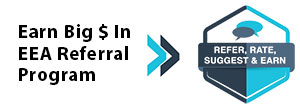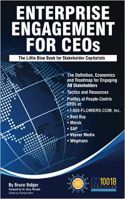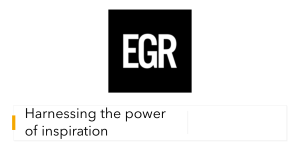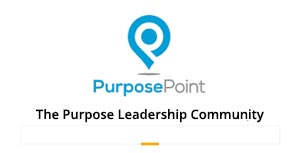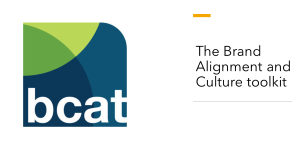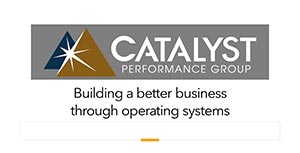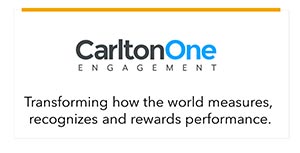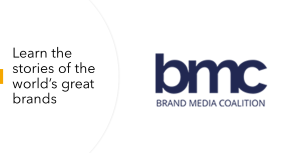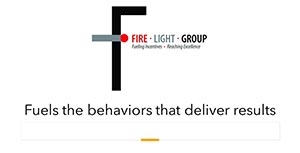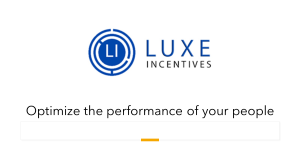ISO 30414:2025: Elevating Human Capital Reporting: From Compliance to Strategic Value
.png) Here is information on the first update of ISO 30414 Human Resources and Human Capital standards.
Here is information on the first update of ISO 30414 Human Resources and Human Capital standards.A Focus on Value Creation
Highlights of Changes
Click here to subscribe to the ESM weekly e-newsletter.
The revised ISO 30414:2025 standards signals a global shift in recognizing human capital as a key driver of long-term sustainability and organizational value creation, according to the abstract recently published by the International Organization for Standardization. By aligning with global ESG (environmental, social and governance) frameworks, strengthening governance, and introducing new metrics, ISO says the standard provides organizations with a comprehensive, outcomes-focused roadmap for transparent and impactful reporting.
The full standards can be purchased for about $250. Organizations do not need to be certified to use the standards to better their own practices.
Over 60 professionals mostly in Japan and Pakistan with a few in Europe and the US have received certifications in the standard, almost all of them by HR Metrics in Pakistan under the leadership of Zahid Mubarik. About a half-dozen companies have received ISO certifications in Europe, mostly conducted by 4C GROUP in Germany, whose Dr. Heiko Mauterer also serves on the ISO working group. See this EEA YouTube show featuring Affineon and Allianz.
.png) A Focus on Value Creation
A Focus on Value Creation
As regulations increasingly require disclosure of workforce metrics, this new edition positions organizations to meet governance expectations, build stakeholder trust, and—most importantly—unlock the full value of their people.
ISO says the 2025 revision goes much further than the original 2018 version to reorganize human capital metrics, deepen alignment with global sustainability reporting frameworks, expand areas of disclosure, and introduce guidance on emerging issues such as AI, ethics, and data governance.
The publication of the second edition of ISO 30414:2025 marks a significant step forward in how organizations measure, manage, and disclose their human capital, according to the ISO abstract.
First issued in 2018, the original standard provided a framework for consistent reporting of workforce-related metrics. “At its core, the update reframes human capital not as an organizational expense but as a strategic intangible asset—one that drives long-term performance, competitiveness, and sustainability.”
Highlights of Changes
Clearer categorization of metrics. One of the most important updates is the reallocation of metrics into two groups:
The revised ISO 30414:2025 signals a global shift in recognizing human capital as a key driver of long-term sustainability and organizational value creation, according to the abstract recently published by the International Organization for Standardization. By aligning with global ESG (environmental, social and governance frameworks, strengthening governance, and introducing new metrics, ISO says standard provides organizations with a comprehensive, outcomes-focused roadmap for transparent and impactful reporting.
As regulations increasingly require disclosure of workforce metrics, this new edition positions organizations to meet governance expectations, build stakeholder trust, and—most importantly—unlock the full value of their people.
ISO says the 2025 revision goes much further than the original 2018 version to reorganize human capital metrics, deepen alignment with global sustainability reporting frameworks, expand areas of disclosure, and introduces guidance on emerging issues such as AI, ethics, and data governance.
The publication of the second edition of ISO 30414:2025 marks a significant step forward in how organizations measure, manage, and disclose their human capital, according to the ISO abstract.
First issued in 2018, the original standard provided a framework for consistent reporting of workforce-related metrics. “At its core, the update reframes human capital not as an organizational expense but as a strategic intangible asset—one that drives long-term performance, competitiveness, and sustainability.”
Clearer categorization of metrics. One of the most important updates is the reallocation of metrics into two groups:
- Requirements: baseline disclosures that organizations must report.
- Recommendations: best practice disclosures for enhanced transparency.
Reorganized human capital areas (HCAs). The human capital areas have been restructured to align with organizational context, workflow, and impact. The goal is to create a more intuitive framework, enabling organizations to link reporting directly to strategic priorities and operational realities.
Alignment with global sustainability standards. The revised standard integrates human capital reporting into the broader sustainability landscape, drawing on established frameworks such as:
- Global Reporting Initiative (GRI)
- Sustainability Accounting Standards Board (SASB)
- European Sustainability Reporting Standards (ESRS)
- IFRS/ISSB Standards
- Task Force on Climate-Related Financial Disclosures (TCFD)
Expanded metrics and materiality considerations. The scope of disclosure has widened considerably, with new metrics introduced in critical areas:
- Human rights and labor relations
- Productivity and performance
- Ethics and compliance
- Health, safety, and well-being
Stronger emphasis on governance and data integrity. The 2025 edition introduces enhanced guidance on:
- Data collection, privacy, and security responsibilities
- The role of business acumen in interpreting and reporting human capital metrics
- Expanded recommendations for small and medium-sized enterprises (SMEs)
Practical Guidance and Examples
To aid implementation, the standard now includes:
- Expanded examples of human capital reports that combine metrics
- A model disclosure report for large organizations, offering a template for practical adoption
Enterprise Engagement Alliance Services
 Celebrating our 15th year, the Enterprise Engagement Alliance helps organizations enhance performance through:
Celebrating our 15th year, the Enterprise Engagement Alliance helps organizations enhance performance through:1. Information and marketing opportunities on stakeholder management and total rewards:
- ESM Weekly on stakeholder management since 2009. Click here to subscribe; click here for media kit.
- RRN Weekly on total rewards since 1996. Click here to subscribe; click here for media kit.
- EEA YouTube channel on enterprise engagement, human capital, and total rewards since 2020
 Management Academy to enhance future equity value for your organization.
Management Academy to enhance future equity value for your organization.3. Books on implementation: Enterprise Engagement for CEOs and Enterprise Engagement: The Roadmap.
4. Advisory services and research: Strategic guidance, learning and certification on stakeholder management, measurement, metrics, and corporate sustainability reporting.
5. Permission-based targeted business development to identify and build relationships with the people most likely to buy.
Contact: Bruce Bolger at TheICEE.org; 914-591-7600, ext. 230.


